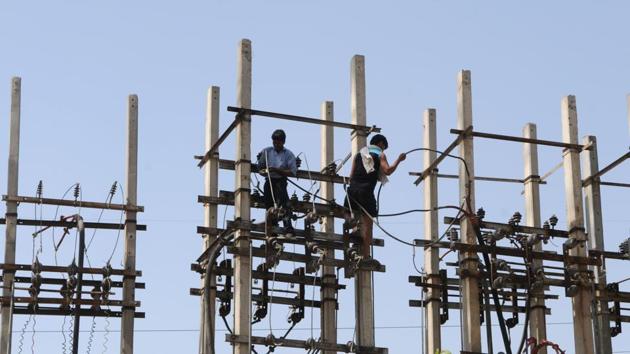After 100% electrification, focus on generation, distribution, pricing
The government considers a village electrified if 10% of its households can access power and public infrastructure in these villages, such as schools and hospitals (and the panchayat office) are electrified. That will be another challenge
The fact that all of India’s nearly 600,000 villages are electrified is an achievement worth celebrating. That this milestone was achieved 12 days ahead of a 1,000-day target set by the prime minister in 2015 is commendable, and shows that it’s possible for ambitious government programmes to meet their deadlines.

Electricity improves quality of life, work, and just about everything else. It also powers the information superhighway which allows even remote villages to be mainstreamed; it is what economists call a force multiplier.
While the task between 2015 and 28 April (when the milestone was achieved) involved connecting only around 20,000 villages, these were remote hamlets, far away from the national grid. All of these have now either been connected to the grid or electrified through off-grid solutions. The latter is a progressive move — off-grid solutions are increasingly being recognised as more effective and economical ways to connect small, remote habitations. India will have to do more of this, especially as it starts generating more power from sources of renewable energy (and as it begins leveraging ongoing advances in battery technology).
The next step, as acknowledged by policy makers, is to electrify all households in a village. The government considers a village electrified if 10% of its households can access power and public infrastructure in these villages, such as schools and hospitals (and the panchayat office) are electrified. That will be another challenge.
Still, much like the access challenge has forced the government to think of innovative solutions such as off-grid power, the electricity-for-all-households problem presents it with an opportunity to address fundamental issues in India’s electricity market. This includes reforms in generation, distribution, and, of course, pricing. Free electricity, while politically expedient, is a bad idea because it puts pressure on the government’s finances, affects the financial and operational health of electricity companies, and affects the consumers of such largesse too — across India, free power is associated with low voltage and frequent power cuts.
While some of the current government’s most significant successes have come in the area of electricity — boosting the use of energy efficient LED bulbs through the largest programme of its kind in the world is one; electrifying all villages in India is another — these need to be followed through with more radical reforms such as the ones listed above. That will benefit not only consumers, including those in remote areas and poor households, but also companies and government departments involved in generating, transmitting, and distributing electricity.






